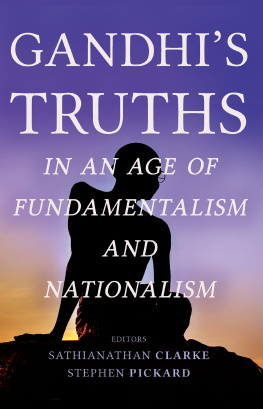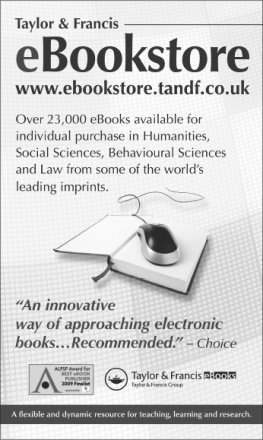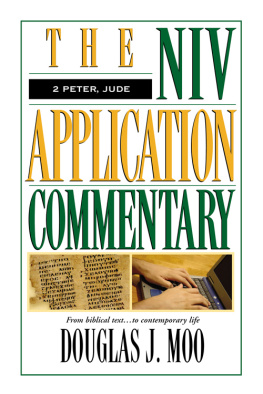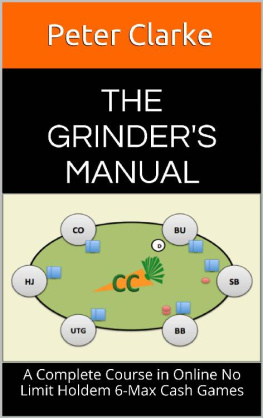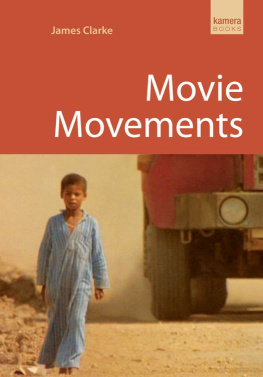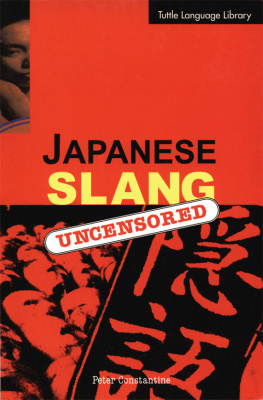Bibliography of Japanese New Religions
Bibliography of Japanese New Religions
WITH ANNOTATIONS AND AN INTRODUCTION TO JAPANESE NEW RELIGIONS AT HOME AND ABROAD

PLUS AN APPENDIX ON AUM SHINRIKY

Edited by Peter B. Clarke
First published 1999 by
JAPAN LIBRARY
This edition published 2013 by Routledge
2 Park Square, Milton Park, Abingdon, Oxon OX14 4RN
711 Third Avenue, New York, NY 10017
Routledge is an imprint of the Taylor & Francis Group, an informa business
BIBLIOGRAPHY OF JAPANESE NEW RELIGIONS WITH ANNOTATIONS AND AN INTRODUCTION TO JAPANESE NEW RELIGIONS AT HOME AND ABROAD
Peter B. Clarke 1999
All rights reserved. No part of this publication may be reproduced, stored in a retrieval system, or transmitted in any form or by any means, without prior permission from the Publishers in writing, except for the use of short extracts in criticism.
British Library Cataloguing in Publication Data
A CIP catalogue entry for this book is available from the British Library
ISBN 1873410808
T he editor, Peter Clarke is the Professor of History and Sociology of Religion and Director of the Japanese New Religions Project, Department of Theology and Religious Studies, Kings College, University of London.
The introduction and appendix were written by Peter Clarke and the annotated bibliography was compiled by Sonia Crivello, Research Assistant, Japanese New Religions Project, Department of Theology and Religious Studies, Kings College, University of London. The summaries of individual movements were compiled by Helen MacNaughtan, Doctoral Student, London School of Economics and Political Science. The summary of Kfuku-no-Kagaku was written by Masaki Fukui, Doctoral Student, Department of Theology and Religious Studies, Kings College, University of London. Special thanks must be extended to Keishin Inaba, Doctorial student, Department of Theology and Religious Studies, Kings College, University of London, who kindly read the whole manuscript at proof stage and provided invaluable assistance regarding errors and omissions.
Other contributors were Louella Matsunaga, Lecturer in Anthropology, University of Oxford; Sanda Ducaru, Doctoral Student, Japanese New Religions Project, Department of Theology and Religious Studies, Kings College, University of London. Professor Susumu Shimazono, Faculty of Letters, University of Tokyo; Professor Michael Pye, Department of Religious Studies, University of Marburg; Professor Emiko-Tierney, Department of Anthropology, University of Wisconsin; Professor Gary Bouma, Department of Anthropology and Sociology, Monash University of Melbourne; Catherine Cornille, Professor of Comparative Religion, Catholic University of Louvain; Professor Ari Pedro oro, Department of Anthropology, Federal University of Rio Grande do Sul; Professor Klaus Peter Koepping, Institute of Ethnology, University of Heidelberg, Dr Tina Hamrin, Department of Comparative Religion, University of Stockholm and Elizabeth Arweck, Doctoral Student, Department of Theology and Religious Studies, Kings College, University of London.
T o assist readers to find the information they require as quickly as possible the bibliography has been constructed in the following way:
Main Bibliography
This section consists of an alphabetical list by author of references, the majority of which refer to Japanese new and new, new religions outside Japan. Apart from a small number in French, German, Japanese, and Portuguese, these references are in English. Some of the titles have been translated from the Japanese.
The references include material published by the new and new, new religions themselves and research-based material published by academics and serious students of new religions.
We have included some material on new and new, new religions in Japan itself where we felt this was relevant to the study of these religions abroad.
Few of our references predate 1960 since little literature exists on Japanese new religions abroad prior to that time.
Summaries of Japanese New Religions
This section provides summaries of some of the main Japanese new and new, new religions that are active outside Japan. They are: Agonsh, Aum Shinriky (see appendix) Byakk Shink Kai, Honmichi, Kd Kydan, Kfuku-no-Kagaku, Konkky, Kurozu-miky, Mahikari, motoky, Perfect Liberty Kydan, Reiha no Hikari, Reiykai, Rissh Ksei Kai, Seich-no-Ie, Sekai Kyseiky, Shinnyoen, Ska Gakkai and Tenriky.
The summaries are based on information provided by the movements themselves with the exception of Aum Shinriky. On account of its impact and notoriety we decided to include a special appendix containing a brief history and select bibliography on Aum Shinriky. The historical account of Aum is an interpretative essay by Peter Clarke based on scholarly research and analysis of this phenomenon (pp 265ff).
In addition to each summary there is a list of references in alphabetical order by author which refer specifically to that movement and includes both primary and secondary source material. These references also appear in the main bibliography but are listed here for quick reference.
Suggestions for Further Reading
For a detailed earlier bibliography see: H. Byron Earharts The New Religions of Japan: A Bibliography of Western Language Materials, Ann Arbor: Michigan Papers in Japanese Studies, No. 9, 1983.
The Japanese Journal of Religious Studies published by the Nanzan Institute for Religion and Culture is also extremely useful, as is the Journal of Japanese Religions published by the NCC Centre for the Study of Japanese Religions in Kyoto.
By Peter B. Clarke
T he main focus of this annotated bibliography is the academic and serious literature, mainly but not exclusively in English, as well as the internal literature produced by the movements themselves that is relevant to the process of the internationalization of Japanese new religions. The bibliography builds upon the reference work of Earhart (1983) and was motivated by my own research on Japanese new religions in Brazil, Europe and parts of Africa which began in the early 1980s.
A previous volume (Clarke and Somers, 1994) referenced some of the scholarly writings on Japanese new religions in the West, but it was only in editing that volume that I came to realize the need for a more comprehensive work that would bring together under one cover the growing literature on the international dimension of Japanese new religions on a much wider scale. A short appendix has been added containing a select bibliography on Aum Shinriky, the movement on trial in Japan for the sarin gas attack on the Tokyo underground in March 1995 and many other heinous crimes. This movement has subsequently come to be regarded as one of the principal defining moments in the history of Japanese new religions, generating there and globally many of the same fears and suspicions about new religions and prompting many of the same questions about the nature of contemporary society as did the holocaust in Jonestown Guyana in 1979 when over 900 members of the Peoples Temple were either murdered or committed suicide under orders from their leader the Reverend Jim Jones (Hall, 1987).

 PLUS AN APPENDIX ON AUM SHINRIKY
PLUS AN APPENDIX ON AUM SHINRIKY 






